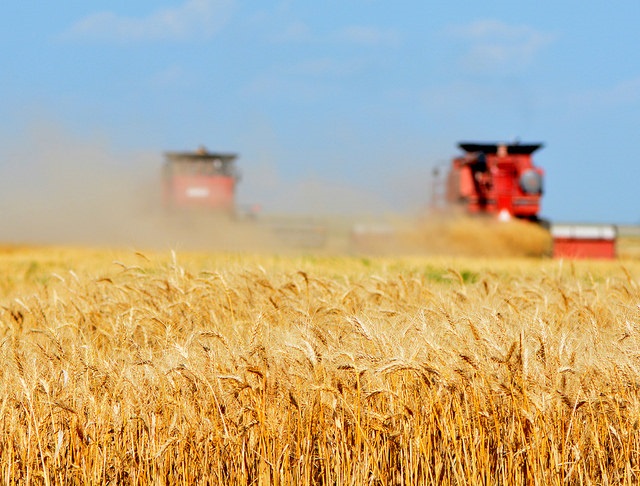September 19, 2024 – Foreign ownership of U.S. agriculture appears to be a two-fold problem. First there’s the ownership of companies processing agriculture products. For example, China owns Smithfield, our largest pork producer. Many pesticides are produced by foreign countries, and forcing them to comply with our regulations is difficult at best. Legislation is lacking, because Congress is loath to interfere for fear that any new law will hurt rather than help American farmers. Then, when considering legislation, congressional personnel are subject to strong lobbying. As a result, Congress seldom passes laws to help farmers over foreign interests.
The second problem is foreign farmland ownership. Such ownership doubled from 2009 to 2019 (latest data available), and now covers over 35 million acres (one source says 40M acres) of our farmland, an area nearly as big as the state of Iowa. Foreign countries own farmland in all 50 states, with Texas having the largest share, and Oklahoma with a smaller share. For whatever reason, the largest concern about foreign ownership is with China, although China only owns 191,652 acres, or ½ of one percent of the total foreign ownership. On the other hand, China has made land purchases adjacent to military facilities, raising national security concerns.
In 2019, 49% of foreign-owned land was forested, 25% was crop-land, 24% was pasture, and 2% was in non-agriculture use. Overall, foreign-owned lands don’t threaten our food security, although local problems can occur, such as when water supplies are at a premium, or when produce is sent to the home country instead of being available here.
Nation-wide, little to no oversight is in place to monitor foreign-owned lands, and penalties for misuse are virtually nonexistent. At the state level, only six states forbid foreign-owned land, and only a few have a cap on how much land can be foreign-owned.






